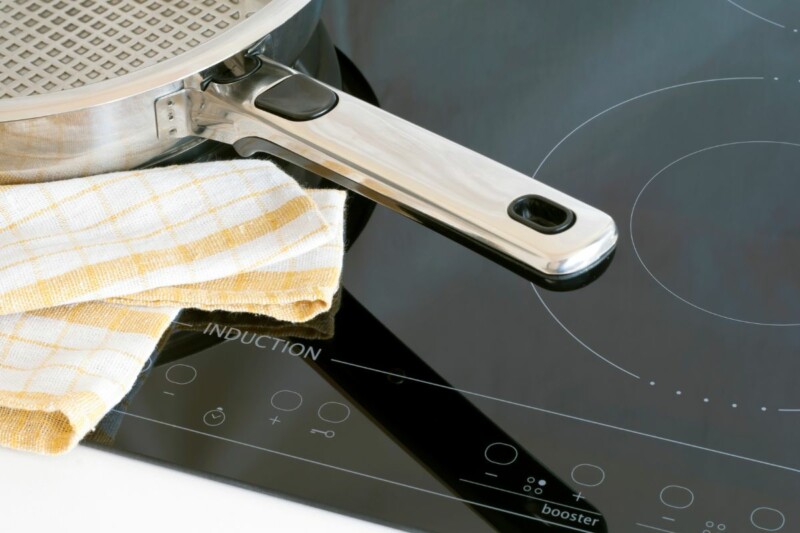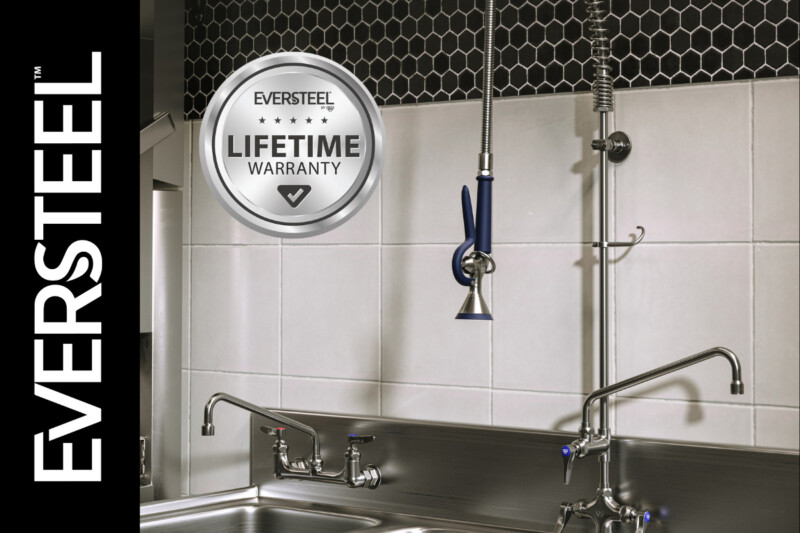Maintenance Tips: Warewashers
One spotty glass or egg-encrusted fork immediately sends a message to your customers that your operation is not running as professionally as it could be. What impact does that have on their view of your food and the overall cleanliness of your kitchen? Will they be back?
Maintenance Still Required
Warewashers today are more technologically advanced but basic care for your equipment remains the same in many ways. Mike Skaja, Senior Service Technician for General Parts, Waukesha, Wis., says, “You need to keep the machine clean to get the dishes clean.” In the last five years, advancements in flight-type and rack-conveyor warewasher technologies have improved efficiency, conserved water and automated or simplifi ed some of the machine maintenance procedures. He, Scott Hanson, Master Technician, Elmer Schultz Service, Philadelphia, and warewash experts from Hobart, MEIKO, Champion, CMA, Jackson and Stero, shared tips for keeping these machines working at peak performance.
Between daily cleanings, the self-cleaning function available in some machines uses hot water to rinse the chamber interior and wash arms, directing soil to scrap baskets. The function takes some human error out of the equation, while lessening the workload during meal periods.
“Newer product innovations in dishmachines do not add a lot of complexity to maintenance, but they do require care to keep them in good working order,” says one manufacturer. For example:
• Heat-recovery system coils: Clean them regularly with warm soapy water or pressurized air to prevent debris from building. If they’re coated, they can’t expel heat.
• Blower dryers: Regularly monitor these to ensure bearings and fans are debris-free and spinning freely.
• Pumped final rinse: Clean the rinse nozzles occasionally to clean out obstructive debris.
• Advanced diagnostics: Use these error codes and your operator’s manual to troubleshoot maintenance issues. Or make up a list of the common error codes, laminate it and keep it in the dishroom for easy reference.
• Auto-delime: Monitor tanks, probes and sensors for lime scale in case additional deliming is needed. If a sensor is coated in lime scale, it’s not sensing anything.
The Daily Routine
Because of the newer systems available on the market today, maintenance of a fully equipped warewasher can sound daunting, but the truth is makers have designed the machines for ease of use and efficiency. Newer machines are easier than ever to care for.
While flight-types and rack-conveyors use different methods to run wares through the machines (dishes load onto pegged conveyor belt vs. dishes load into racks, which load onto a flat conveyor belt), maintenance is generally the same. Components are minimal, accessible and user-friendly (some parts that need attention are even color-coded on some models), and the best form of maintenance is a regimented cleaning schedule.
At the start of the day, kitchen staffers should check that all components (scrap baskets, screens, wash arms and curtains) are clean, debris-free and properly in place in the machine prior to filling the machine. But before running that first load, make sure to pre-scrap wares to remove loose food and waste—this helps prevent large debris from entering the system and clogging components during the cycles. Remember that these machines reuse tanks of water, washing multiple loads before you need to dump the water and refill with fresh. So the cleaner you keep the wash water by pre-scrapping well, the more washes you’ll get out of a tank.
Equally important is loading wares correctly to prevent jamming the conveyor or blocking the wash action; a pan that runs flat vs. upright is blocking sprayers. Never wash objects not intended for warewashers—grates, floor mats and buckets are a definite no!
Following each meal period (or once a day if soil is minimal) completely drain the machine of water, and remove components. Spray down the inside of the chamber and tank(s) and wash the debris out of components; return the components to their original position. After cleaning and reassembling the machine, leave its doors open to air out overnight (or between loads); this helps avoid mildew and odor.
Now And Then
Beyond the daily routine, a little periodic maintenance goes a long way. Scheduled deliming of the machine is a must, with frequency depending on water quality. Observe water tanks and check for lime-scale buildup, particularly around floats and sensors, as this can affect a warewasher’s performance. Having trouble remembering? The delime notification feature available in some warewashers reminds the operator when to delime. Your installer should measure the building’s water hardness to determine frequency.
Replace bent or broken baskets immediately to keep food debris out of the tanks and motors. Inspect rotating wash arms weekly for mobility issues and end-cap blockages. Quarterly maintenance includes lubricating bearings and replacing worn areas on the conveyor track and racks. Annually at least, replace rubber components, including stiff or torn curtains, O-rings and end caps.
Is An Upgrade In Your Future?
With consideration for proper care and frequency of use, warewashers can last anywhere from 10 to 20 years. Eventually minor repairs compound and seals begin to leak, or motors need replacement. Depending on your situation, you may consider upgrading to a new warewasher. “It’s like a car, if you start putting a lot of money into it, it’s time to start thinking about replacing it,” says Skaja.
How do you determine which warewasher is right for your kitchen? “Simplicity and accessibility—if you don’t need the extra features, it’s best to go with a less complicated unit,” says Hanson. Make sure components are easily accessible for cleaning otherwise dishroom employees might skip procedures to save time.
What are the needs of your kitchen? Evaluate your dishroom demands and available workspace. Choosing between flight-type and rack-conveyor warewashers can be as simple as the volume of dishes and the number of available operators. Manufacturers explain, typically flight-types average 15,000 dishes/hr. but require two operators, while rack-conveyors wash up to 8,000 dishes/hr. with a single operator.
To further narrow your options, think about what special features would most benefit your kitchen. If water needs constant changing, the automatic soil removal feature on select warewashers can reduce waste entering the tanks. Energy costs too high? The available energy recovery feature recycles steam to heat incoming cold water. It’s all a matter of preference and needs, but it’s certain that with the variety of options, there’s a great warewasher to complete your kitchen.
Top 5 Must-Do’s
DAILY:
• Pre-rinse dishes prior to running them through the machine; this keeps water tanks cleaner and prevents food debris from blocking components such as wash arms and filter screens.
• Remove and clean all baskets, strip curtains and wash arms, then return them to their original spot and position in the machine.
• Spray out the wash chamber and tanks (focus on corners).
• After cleaning at the end of the day, leave doors open to air out the machine.
PERIODICALLY:
• Delime the machine, and watch for lime-scale buildup around sensors, probes and floats.
RELATED CONTENT
- Advertisement -
- Advertisement -
- Advertisement -
TRENDING NOW
- Advertisement -
- Advertisement -
- Advertisement -


